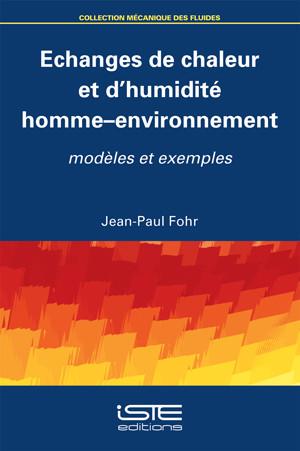
The concept of “comfort” has evolved over time to cover all aspects of human life, reaching beyond the initial idea of thermal comfort and protection of the human body in difficult working conditions. The physical aspects of heat and humidity exchanges around the human body, in relation to the physiology, highlight multiple facets which are […]
The concept of “comfort” has evolved over time to cover all aspects of human life, reaching beyond the initial idea of thermal comfort and protection of the human body in difficult working conditions.
The physical aspects of heat and humidity exchanges around the human body, in relation to the physiology, highlight multiple facets which are often incompatible with the current narrow specialization of research. The physical studies necessary to fill these gaps have begun to emerge in this field, but much remains to be uncovered to help advance the textile and manufacturing industries.
Step-by-step the reader is led to an understanding of how to determine an exchange coefficient, how to choose a human thermal model and how reactive a particular textile multilayer is. Many examples show the steps which need to be taken from a simplified model to a numerical resolution.
1. Building a Model for a Coupled Problem.
2. Approximate Determination of Transfer Coefficients.
3. Human Thermal Models.
4. Heat and Humidity Transfer in Clothing.

